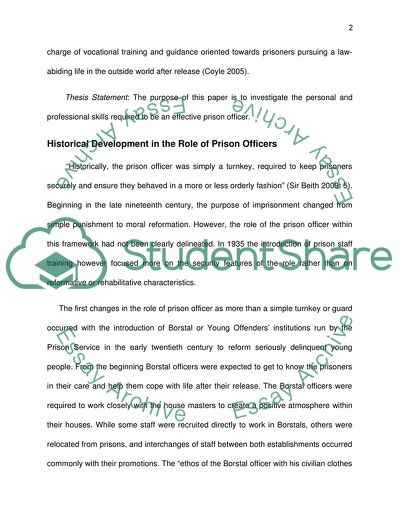Cite this document
(What kind of personal and professional skills are required to be an Essay, n.d.)
What kind of personal and professional skills are required to be an Essay. Retrieved from https://studentshare.org/miscellaneous/1760689-what-kind-of-personal-and-professional-skills-are-required-to-be-an-effective-prison-officer
What kind of personal and professional skills are required to be an Essay. Retrieved from https://studentshare.org/miscellaneous/1760689-what-kind-of-personal-and-professional-skills-are-required-to-be-an-effective-prison-officer
(What Kind of Personal and Professional Skills Are Required to Be an Essay)
What Kind of Personal and Professional Skills Are Required to Be an Essay. https://studentshare.org/miscellaneous/1760689-what-kind-of-personal-and-professional-skills-are-required-to-be-an-effective-prison-officer.
What Kind of Personal and Professional Skills Are Required to Be an Essay. https://studentshare.org/miscellaneous/1760689-what-kind-of-personal-and-professional-skills-are-required-to-be-an-effective-prison-officer.
“What Kind of Personal and Professional Skills Are Required to Be an Essay”, n.d. https://studentshare.org/miscellaneous/1760689-what-kind-of-personal-and-professional-skills-are-required-to-be-an-effective-prison-officer.


